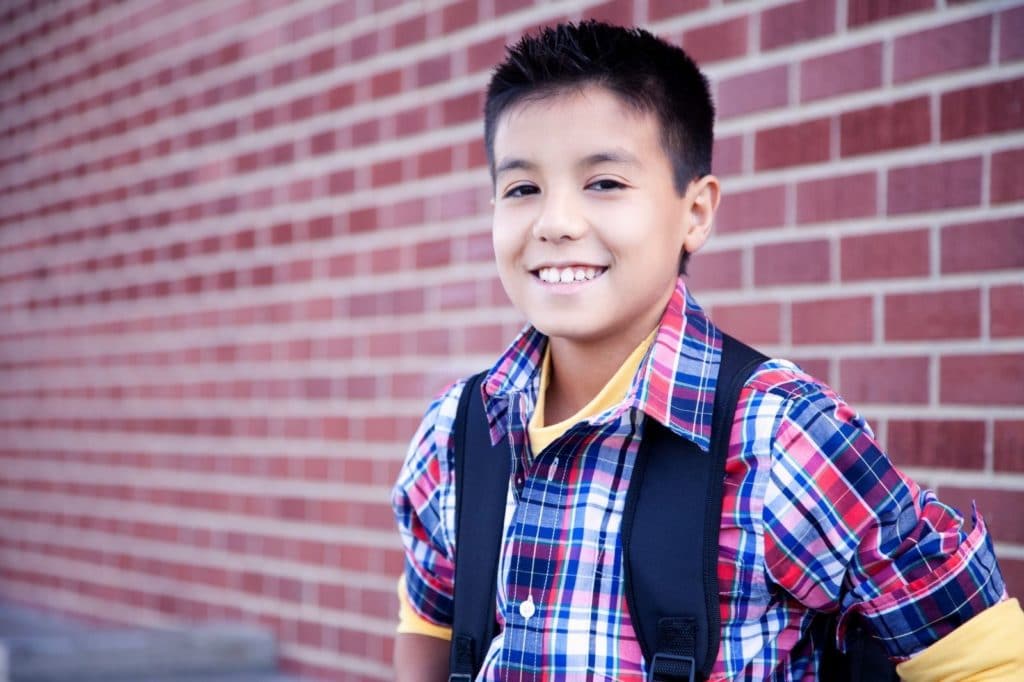A group of high school students in Maryland is urging its local Board of Education to include mental health education in a required health education course, to include topics such as depression and suicide.
In Minnesota, young organizers are bringing together walkers, runners and skateboarders to promote more awareness around youth struggling with mental health issues.
And, right here in San Antonio, Clarity Child Guidance Center is offering a series of Community Conversations on Children’s Mental Health, which is bringing parents and schools together to address the issue.
Across the country, communities are responding to a mental health crises among our youth. We live in a time when one in five children in the United States have a mental illness, though many go undiagnosed. One in two lifetime cases of mental illness begin by age 14. And suicide is the second leading cause of death in children.
These statistics tell a sobering story.
That is why now, with the start of a new school year, it’s important to talk openly about what support is in place for children who may be experiencing mental illness during the school year.
All children face mental health issues from time to time. And since schools are where children spend most of each day, schools can be partners in the health care of our children. Although schools are primarily concerned with education, mental health is essential to learning as well as to social and emotional development.
For example, it is known that students who are struggling emotionally and behaviorally are more likely to drop out of school.
Schools can help by promoting a climate that supports positive mental health and take steps to demonstrate that support. Otherwise, a lack of discussion can lead to stigma, and it also can cause health issues to go undiagnosed. Depression, for example, could go unnoticed.
Teachers, parents and even students – all can be empowered on mental health issues and encouraged to take the lead in helping build a safe and open environment for discussion of mental health in schools.
If we can normalize conversations about mental health and reframe seeking help as a sign of strength, we will all be better off.
Children are remarkably resilient when they get the help they need. Children and youth thrive when they feel safe and supported.
Effective support systems include love and encouragement of parents and family, guidance of teachers and other important adults, and access to mental health and other helping professionals.
We have the opportunity to change the culture of stigma in mental illness. Don’t let another school year pass before this change is realized.
We challenge you to make a difference in children’s mental health today. Consider one or more of the following options:
- Visit One in Five Minds to learn more.
- Take the One in Five Minds pledge and join the campaign to build awareness and end stigma.
- Write or videotape your story and share it.
- Share this blog post.
Let’s all work together to stop the stigma.










